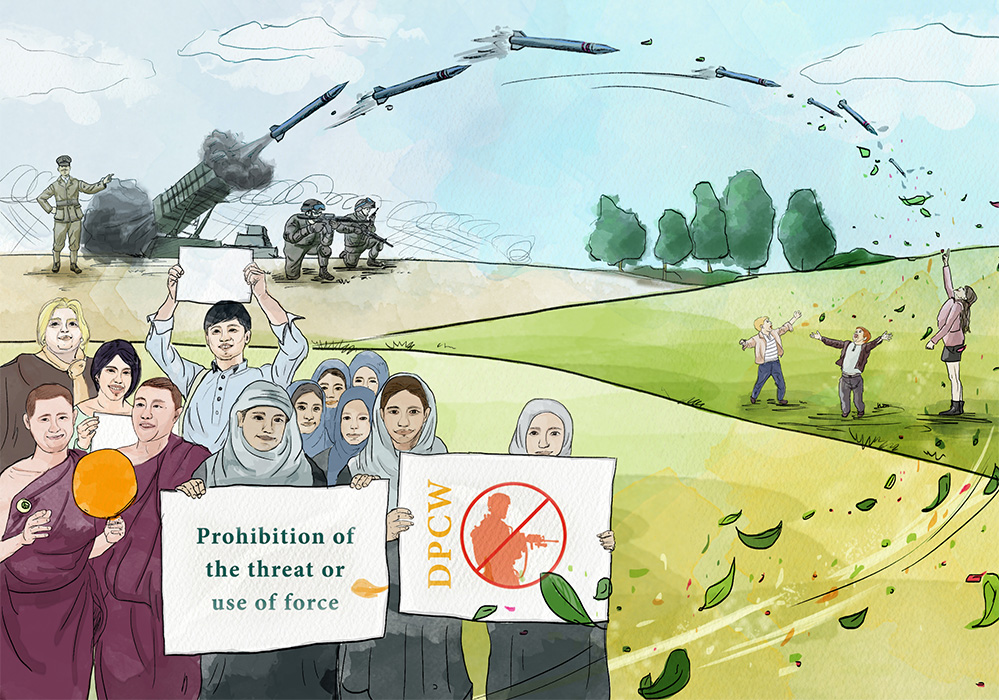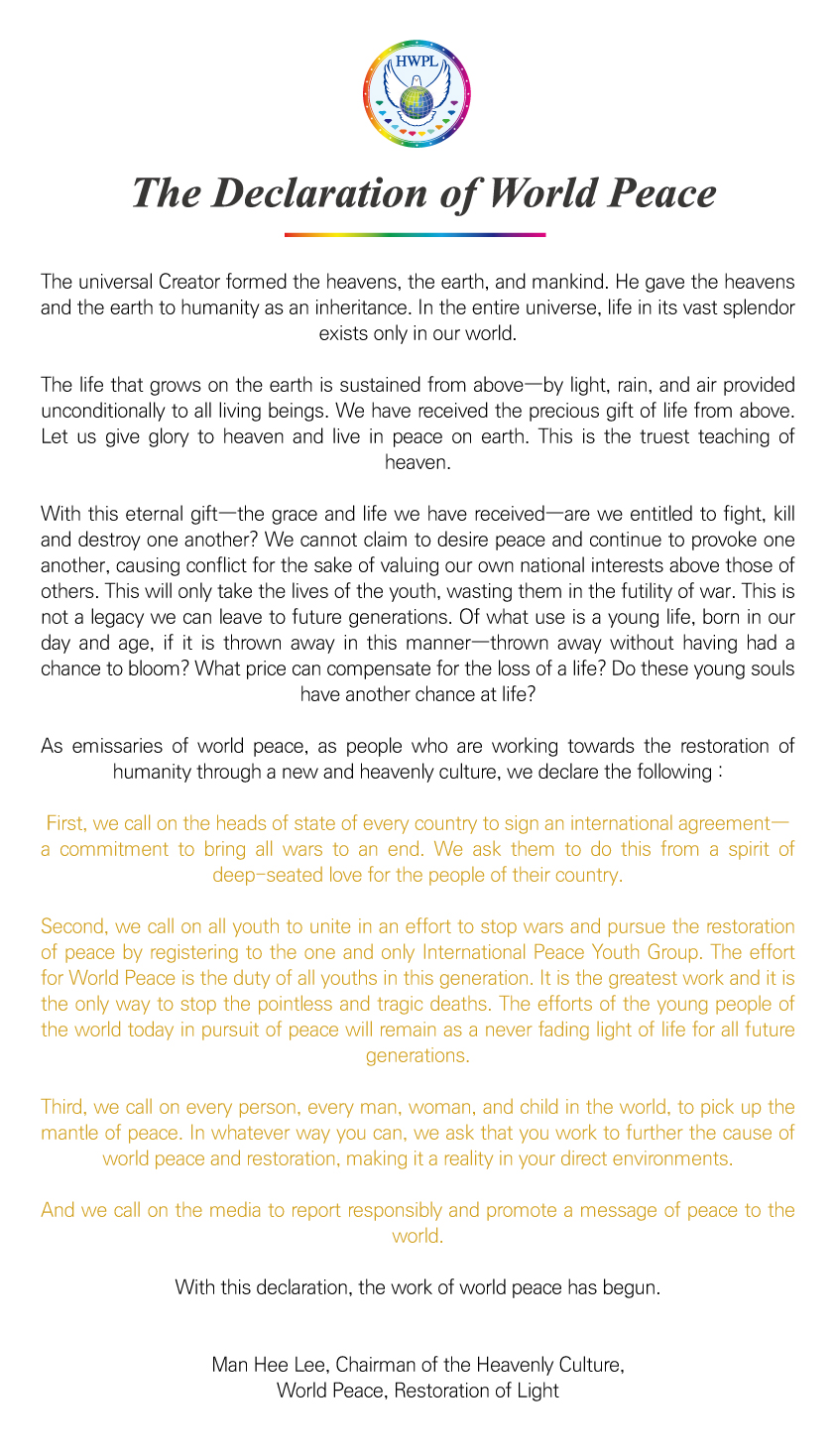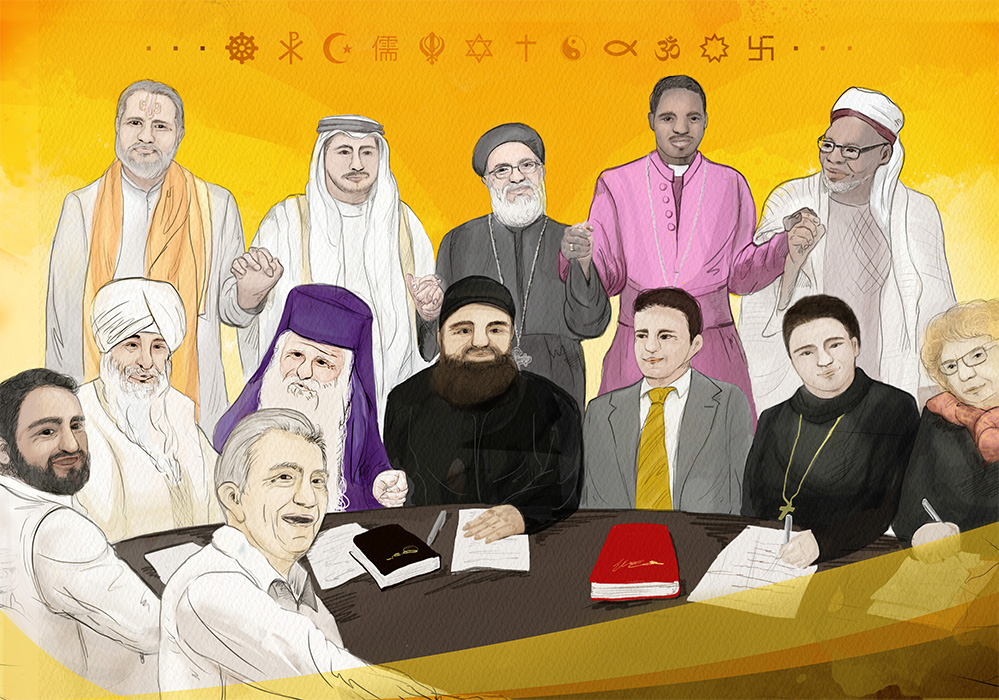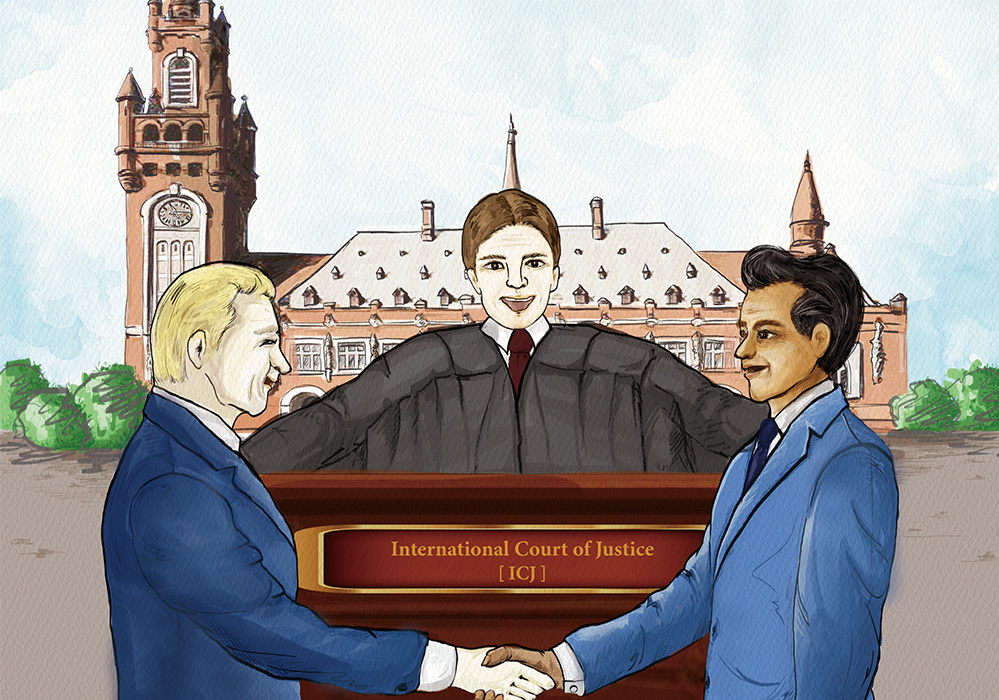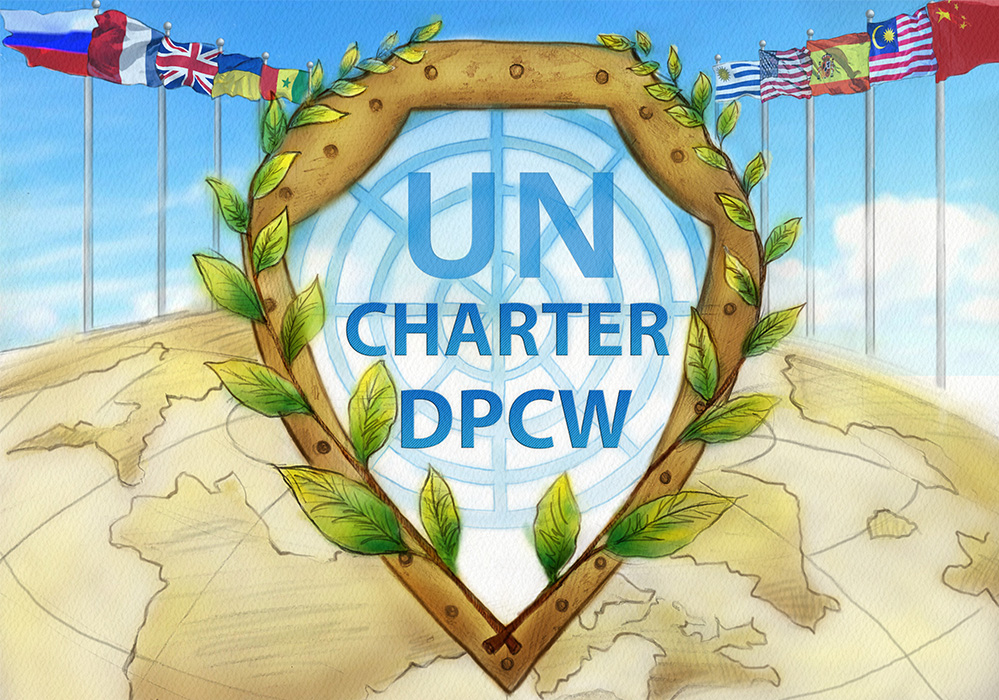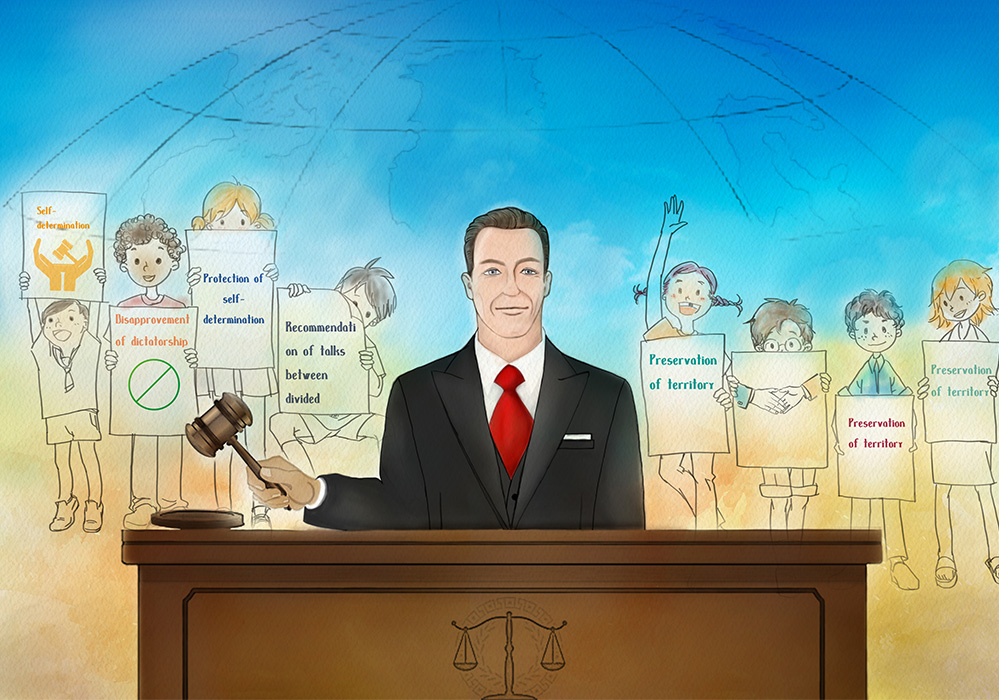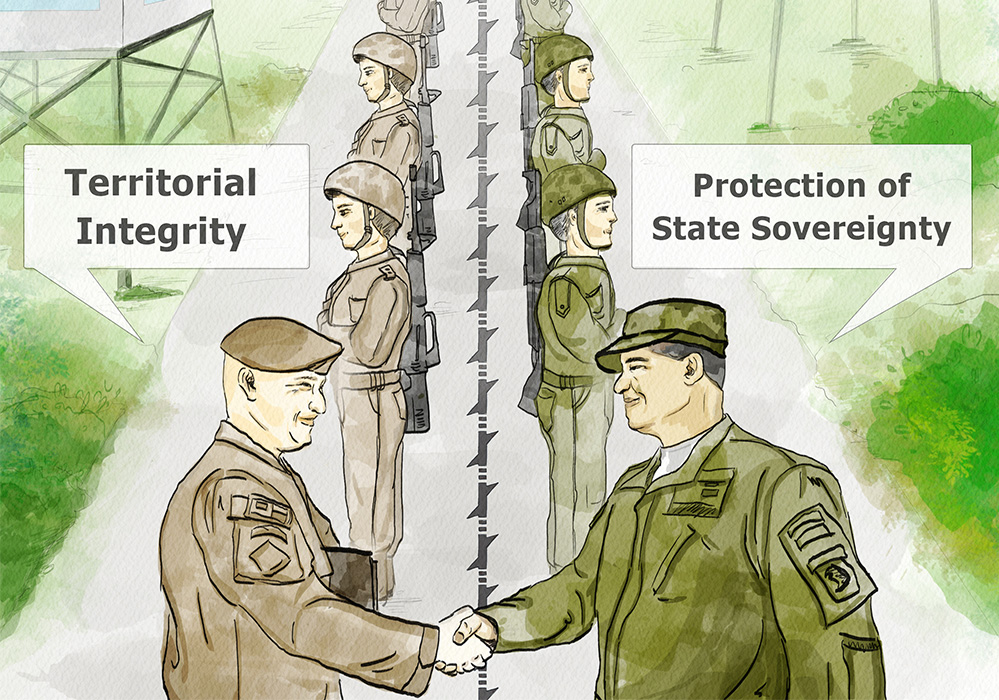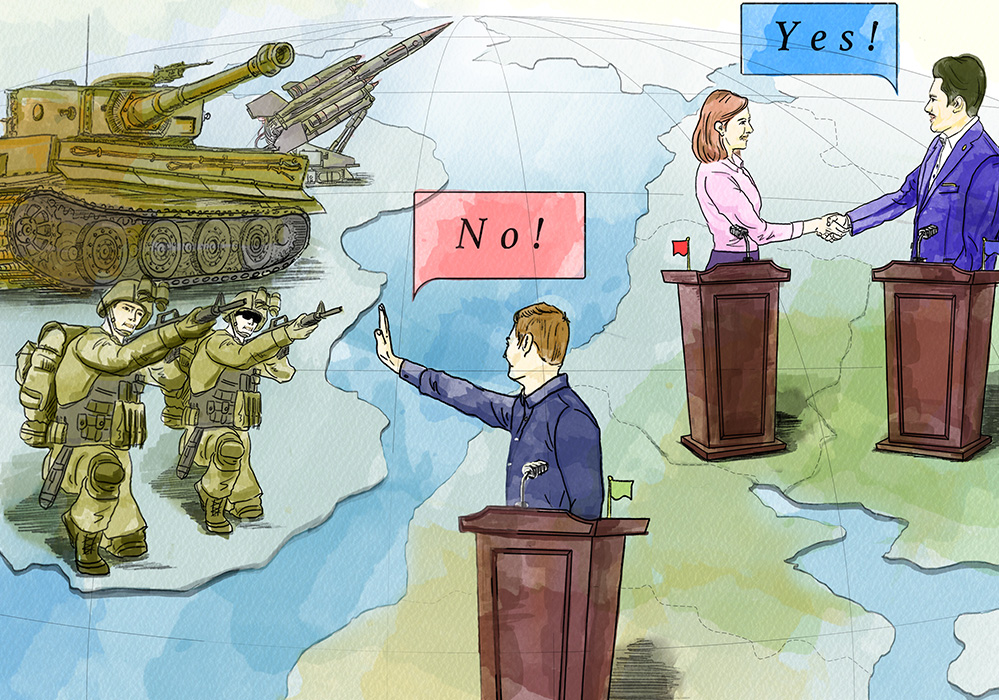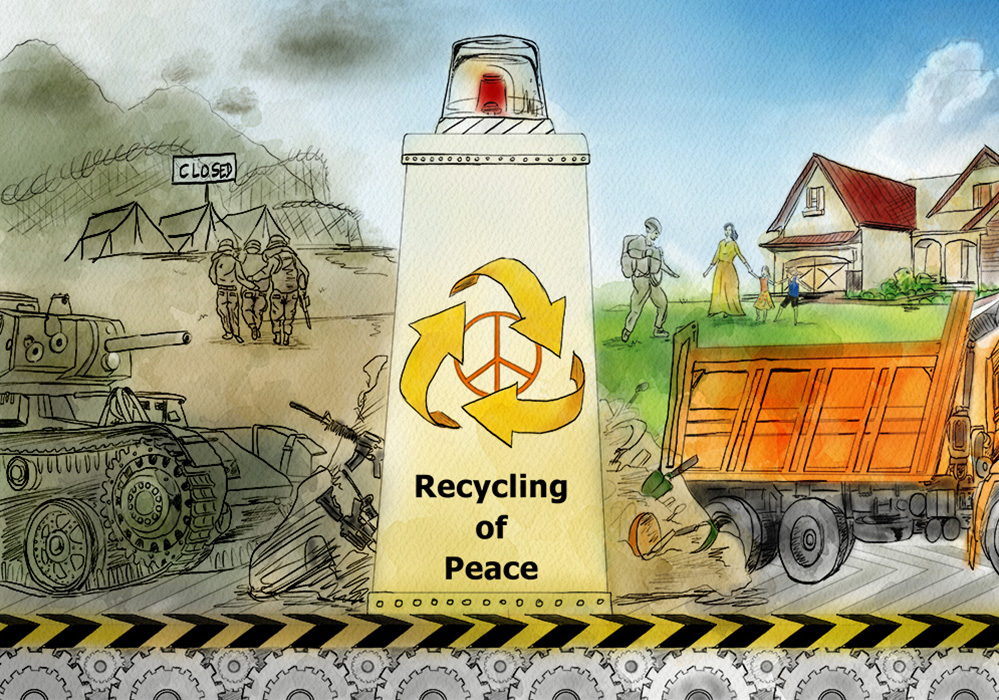Forming and Putting into Action a Common Spirit for Religious Harmony & Peace
The MOU Signing Ceremony and the Establishment of the Peace Monument
Allama Syed Abdullah Tariq , World Organisation of Religion and knowledge
I am Syed Abdullah Tariq from India, the head of a peace NGO, World Organisation of Religions & Knowledge. It’s a long name. The abbreviation is WORK. We at WORK are ever ready to cooperate with anyone for the good of humanity. So, we have a tie-up with some other organizations, too. The latest in the series is HWPL, with whom we signed an MOU in March 2022. I’ve regularly been taking part in WARP Office meetings, and in 2018, HWPL had also made me a publicity ambassador.
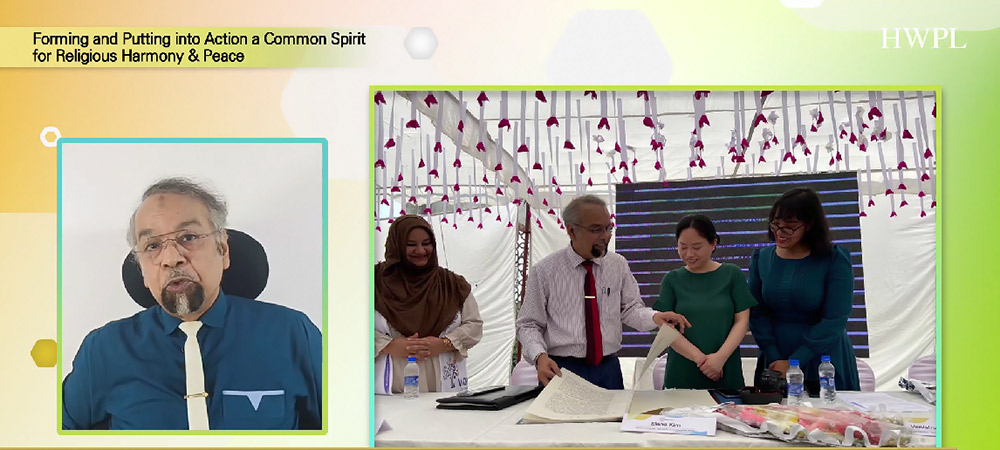
Q. What is the significance of the MOU signed between WORK and HWPL?
In 2018, I visited Korea for HWPL’s World Peace Summit, and I saw the level of dedication and volunteers of HWPL. After seeing them, I realized that it is possible that they will reach their goal.
The main objective of HWPL is world peace. Achieving peace means wars should stop in this world, and prohibiting wars must be legalized and approved by the United Nations as international law. HWPL is making continuous efforts towards this goal. HWPL activities are being continually conducted in different parts of the world, and we must be associated with it. In India, I believe that we should work together, especially after signing an MOU.
Now, it is a union. With this union, there are goals, purposes, and responsibilities. We have had a really good relationship since we started working together, but now we have responsibilities and obligations towards each other. So, now when HWPL and WORK are working as one after this MOU, it will definitely bring good results.
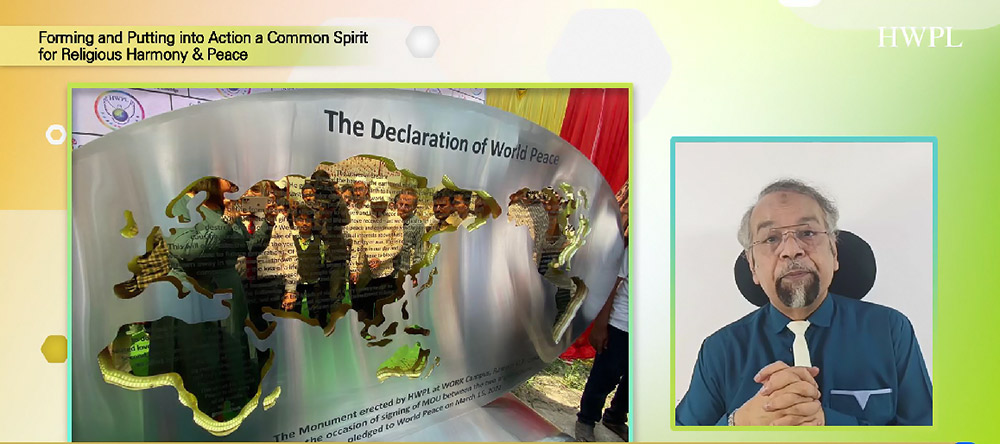
Q. What does the establishment of the peace monument mean to you?
At least four times every year, people will gather in large numbers to where the peace monument is erected. They will see the messages of the Declaration of World Peace proclaimed by Chairman Man Hee Lee engraved in the peace monument. It is the story of how he started the big task of peace in 2013.
I see that it was a cornerstone of making history. WORK will be the part of that history in which we go ahead. Additionally, I am sure we will not remain in history, but we will make history together, and the people will remember us for that.
HWPL Religious Youth Peace Camp
Raeessa sheikh, Ansari Qadiri Rifai Tariqa(AQRT), South Africa
My name is Raeesa Sheikh, and I am a speech and language pathologist. I am a student on the Sufi path, and I belong to the Ansari Qadiri Rifai Tariqa (AQRT) in Durban, South Africa.
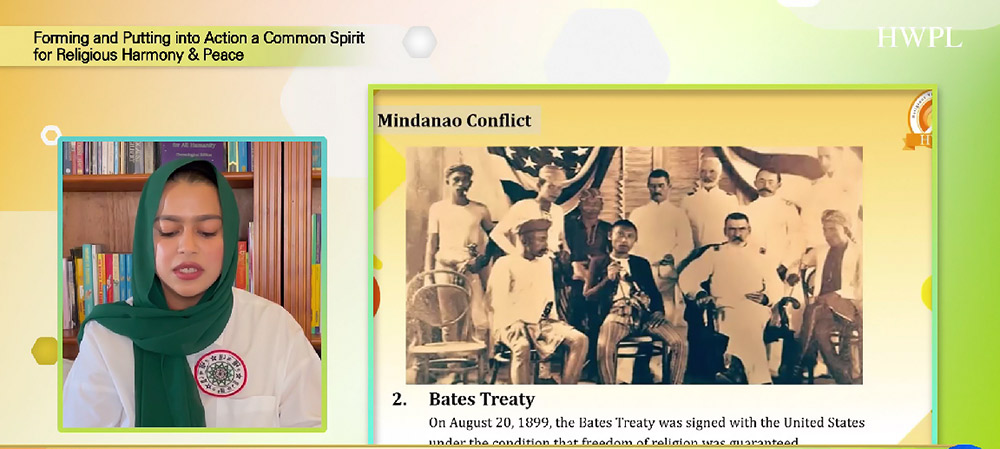
Q. What kind of programs were there at the Religious Youth Peace Camp program, and what was the most memorable?
The HWPL Religious Youth Peace Camp was fantastic, and I really enjoyed attending it. We looked at videos of various faiths. These included Buddhism, Sikhism, Judaism, Christianity, Hinduism and my faith, Islam. The activities involved a board game as well as the history on the Mindanao conflict, and a pop quiz at the end.
All the activities were rich in information sharing as well as opening our minds to various perspectives. The board game left an indelible impression on me. It was fun and looked at major and minor religions. Specifically it focused on school life, religious freedom, places of worship, work life. And it was comprehensive in that it provided various scenarios for participants.
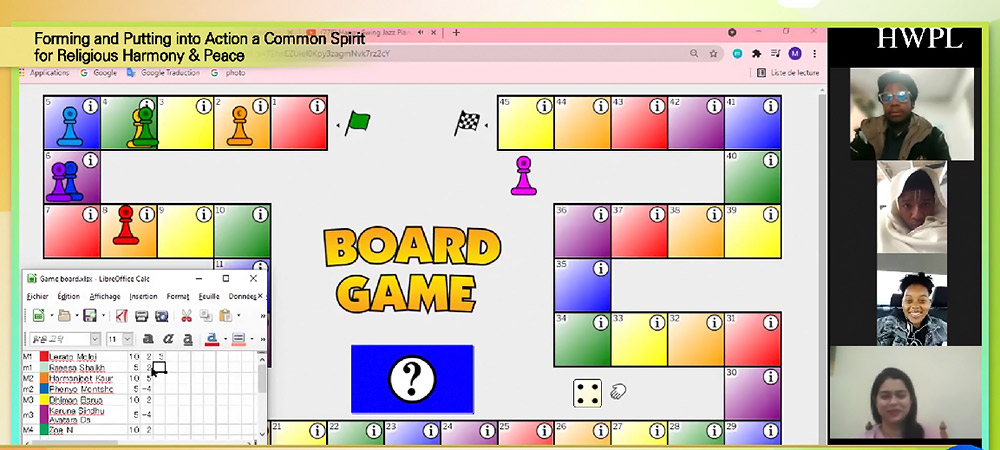
Q. What was the board game Put Yourself in Someone Else’s Shoes, and what was your impression after participating?
As a minor religion, one of the scenarios that I faced playing the board game and this happens in real life, so it was a really good way for us to put ourselves in another person’s shoes, so to speak.
It looked at school, and if you belonged to a major religion, you went to school. You made friends. You were accepted. You were well understood. If you belonged to a minor religion, you attended school. You were not understood. It was difficult for you to make friends, and you were not accepted.
So you were faced with a choice. And the choice that I was given in the board game was that you choose to wear your religious attire and could be denied entry into school, so you are denied education, or you choose [not] to wear your religious attire, and you lose points. And in real life, we know that, often, people are discriminated against based on how they are dressed.
I very quickly started to see how it was going to be very difficult for me not just to win, but to even come out of that game feeling good about myself, feeling understood, feeling accepted.
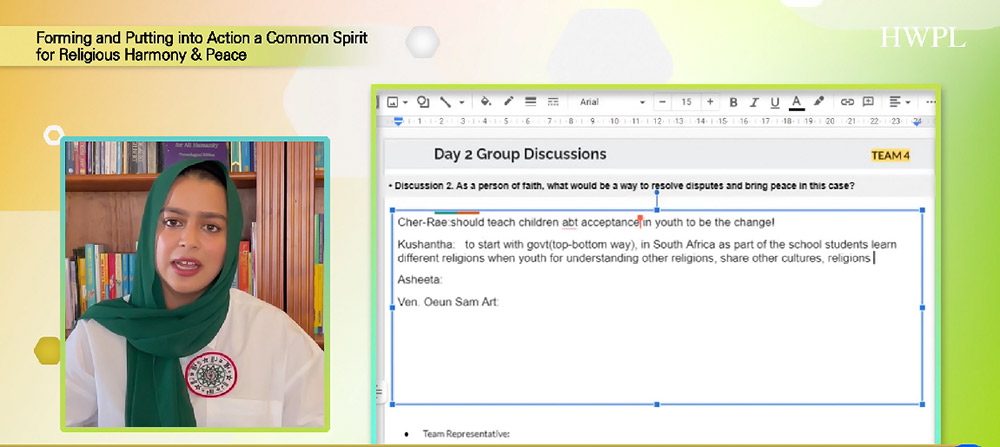
Q. How did you feel after participating in the Religious Youth Peace Camp?
What I realized is that when we join these spaces of Youth Peace Camps, Interfaith Scripture Dialogue, when we put ourselves in another person’s shoe, when we look at things from various perspectives, we are able to then keep an open mind and understand differences, and not discriminate based on those differences but rather to look at those similarities and then come together so that we can ultimately live as God wants us to live, as brother and sister, as a community, as a nation, as humanity. And, I think that the Youth Peace Camp was a really great opportunity for us to learn about religions that we might not have in our local community.
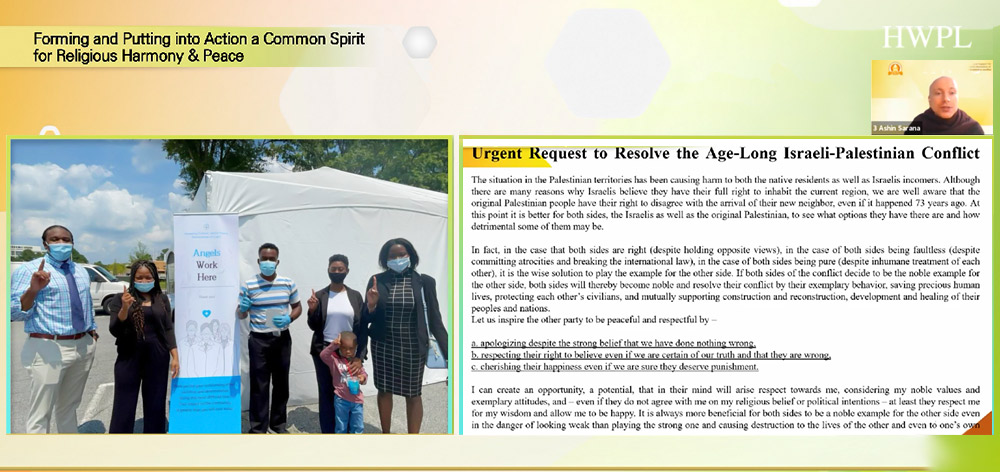
In addition, peace-themed recreation, drawing peace, and religious cultural experiences were held at the Religious Youth Peace Camp. Furthermore, there are continued practical activities to solve various difficulties currently occurring in various parts of the world. Examples include the announcement of a statement calling for the resolution of the Israeli-Palestinian conflict in 2021 and the delivery of a thank-you letter to coronavirus medical workers. Religious peace activities targeting civil society allow them to meet and become one with each other in the arena of dialogue and exchange beyond the walls of religion, ethnicity, and nation.




